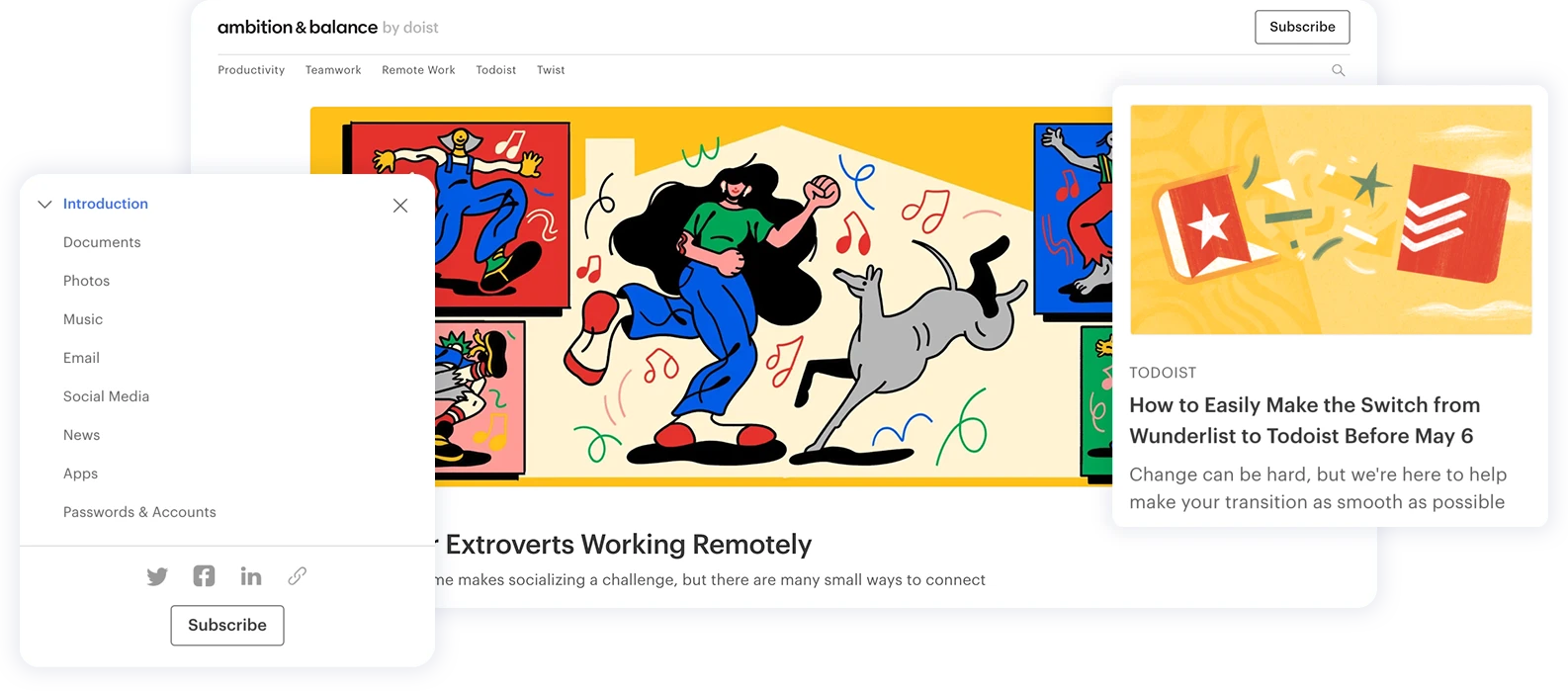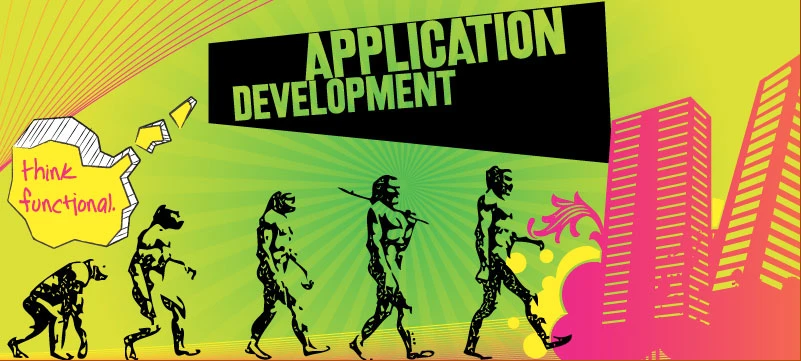Welcome to the Land of Vibes
Ah yes, vibe coding. The newest star in the galaxy of tech buzzwords—right up there with “metaverse” and “blockchain-powered artisanal coffee loyalty apps.”
The pitch is simple – instead of typing painstakingly correct syntax, you just tell an AI what you want, in plain English, and boom—working code appears. “Hey robot, make me an app that sorts my playlist by vibes.” Done.
To some, it sounds like the holy grail of programming. No more Stack Overflow marathons. No more cryptic compiler errors. Just vibes. Pure, uncut vibes.
But before we all burn our CS degrees and declare keyboards obsolete, let’s ask– is vibe coding actually the future of development—or just the tech equivalent of drinking LaCroix and convincing yourself it tastes like fruit?
Spoiler: it’s mostly the latter.
What Even Is Vibe Coding?
Vibe coding is what happens when conversational AI tools like ChatGPT or Claude are asked to generate code based on natural language. Instead of typing out functions or wrangling syntax, you casually instruct:
“Make me a Python function that checks if a word is a palindrome.”
“Build a login screen with dark mode support.”
“I need a database schema for a pet-sitting app where the cats are the clients and the humans are the employees.”
The AI dutifully produces code, often formatted nicely, sometimes even runnable.
On paper, it’s genius. In reality, it’s like training wheels… that occasionally steer you into a ditch.
Yes, vibe coding makes programming feel easier—especially for beginners or non-developers who just want something to “work.” But without understanding what the AI spits out, you’re trusting code you can’t debug, optimize, or secure.
Vibe coding lowers the barrier to entry, but it doesn’t remove the need for real understanding.
Why the Buzz? (And Why It’s Mostly Noise)
So why is vibe coding being hyped like it’s the second coming of Alan Turing?
Three reasons: novelty, marketing, and desperation.
Novelty – Tech loves shiny things. Remember when everyone thought VR headsets were going to replace offices? Or when every startup shoved “blockchain” into their pitch deck? Vibe coding is the latest “ooh, neat” moment.
Marketing – Companies love to slap AI into their products because it sounds futuristic. “Now with AI-powered vibe coding!” is the perfect way to distract from the fact that your app still can’t export a CSV correctly.
Desperation – Non-technical founders and burnt-out devs alike want to believe in magic. The fantasy that you can whisper to a machine and skip all the grunt work is intoxicating.
But here’s the unglamorous truth: vibe coding isn’t a unicorn galloping into the future. It’s a pony ride at the county fair. Fun for a loop around the paddock, but it’s not taking you cross-country.
Where Vibe Coding Actually Helps
Okay, enough roasting. Let’s be fair – vibe coding does have its uses.
Prototypes – Need to pitch an idea fast? AI can whip up a mock app that looks convincing enough for a demo. Investors won’t know that it falls apart when you click the second button.
Boilerplate – Tired of writing the same CRUD functions over and over? Vibe coding is your lazy intern who never complains about repetitive work.
Learning aid – Beginners can use vibe coding as a way to peek into new languages. It’s like a tutor that never gets tired of answering “Wait, what does this line do again?”
In other words, vibe coding is a time-saver, not a talent-replacer. The danger comes when vibe coding is treated as more than it is. It can help you start, but it won’t carry you through to production-level systems.
The Dangers of Living by Vibes Alone
Vibe coding is fun, yes—but it’s also a trap.
The Big Risks
False confidence – AI-generated code looks legit. It’s formatted, it compiles, it even runs… until it doesn’t. Beginners risk mistaking surface-level output for mastery.
Security risks – AIs don’t think about vulnerabilities unless you specifically ask them to. And sometimes, even then, they shrug and vibe.
Technical debt – Copy-pasting AI output into production without understanding it is like building a skyscraper on Jenga blocks. It’ll look fine until the wind blows.
The most dangerous outcome? A generation of developers who know how to prompt but not how to problem-solve. That’s not coding. That’s Mad Libs with semicolons.
Why Human Developers Still Matter (A Lot)
Despite the hype, let’s be crystal clear: human developers aren’t going anywhere.
Here’s why:
Creativity: AI can remix patterns it’s seen before. Humans invent the patterns.
Problem-solving: Bugs, edge cases, scaling issues—AI isn’t losing sleep over them. Developers are.
Context and trade-offs: A developer weighs budgets, timelines, compliance requirements, and scalability. Should you optimize for speed or cost? Security or convenience? Those choices require judgment—something AI doesn’t provide.
Collaboration: Software isn’t built in a vacuum. Humans talk to stakeholders, balance trade-offs, and make decisions. AI just spits out guesses.
Responsibility: When something breaks, you can’t say, “Oh sorry, the AI did it.” (Well, you can, but good luck convincing your CTO.)
AI can suggest. It can assist. But it doesn’t design, plan, or take responsibility. Those roles still belong to developers.
Human vs AI Coding: It’s Not a Fight, It’s a Remix
The real conversation shouldn’t be about humans vs AI. It’s about humans with AI.
Use AI for grunt work.
Use humans for strategy, design, and judgment.
Combine both for speed and quality.
The most powerful developers of the future won’t be the ones who ignore AI—or the ones who blindly trust it. They’ll be the ones who know when to lean on AI, and when to take the wheel.
Because code isn’t just lines of text. It’s architecture, foresight, and craft. And no amount of “vibes” can replace that.
More Than Just a Vibe
Vibe coding is frosting on the cake of software development. It’s tasty, it’s fun, and it makes things look fancy. But frosting alone isn’t a meal.
AI tools are assistants, not architects. They’ll help more people experiment with code, which is exciting. But at the end of the day, the real breakthroughs still come from human creativity, human judgment, and human accountability.
So by all means, vibe code your weekend side project. Prototype your weird cat-sitting app. But when it comes to serious, production-grade systems? Don’t leave it up to vibes. Leave it up to developers.
AI can amplify development—but it can’t replace developers. And when you need trusted human developers, Curious Minds Media is here to help.
Because software, like life, is more than just a vibe.


















